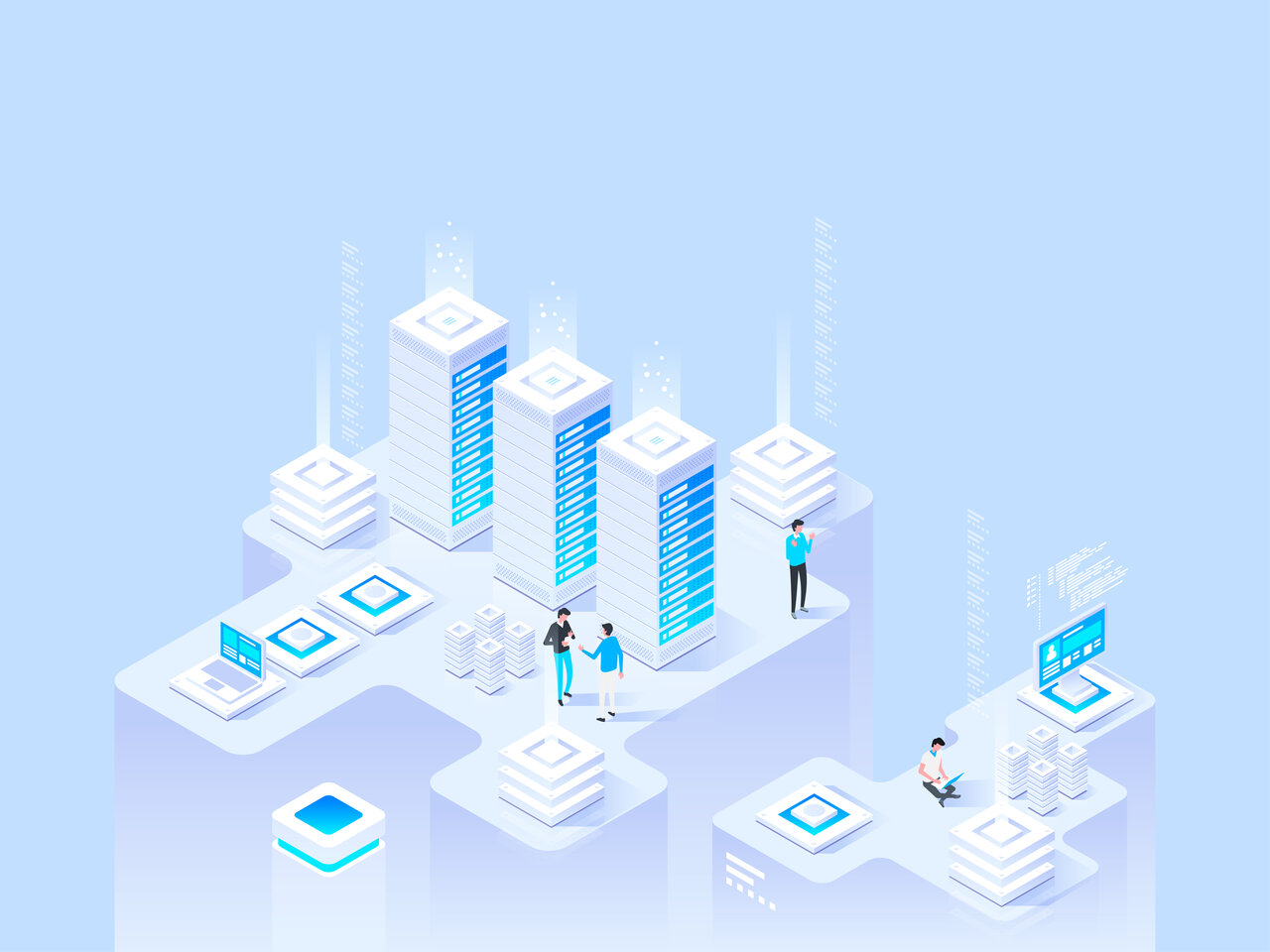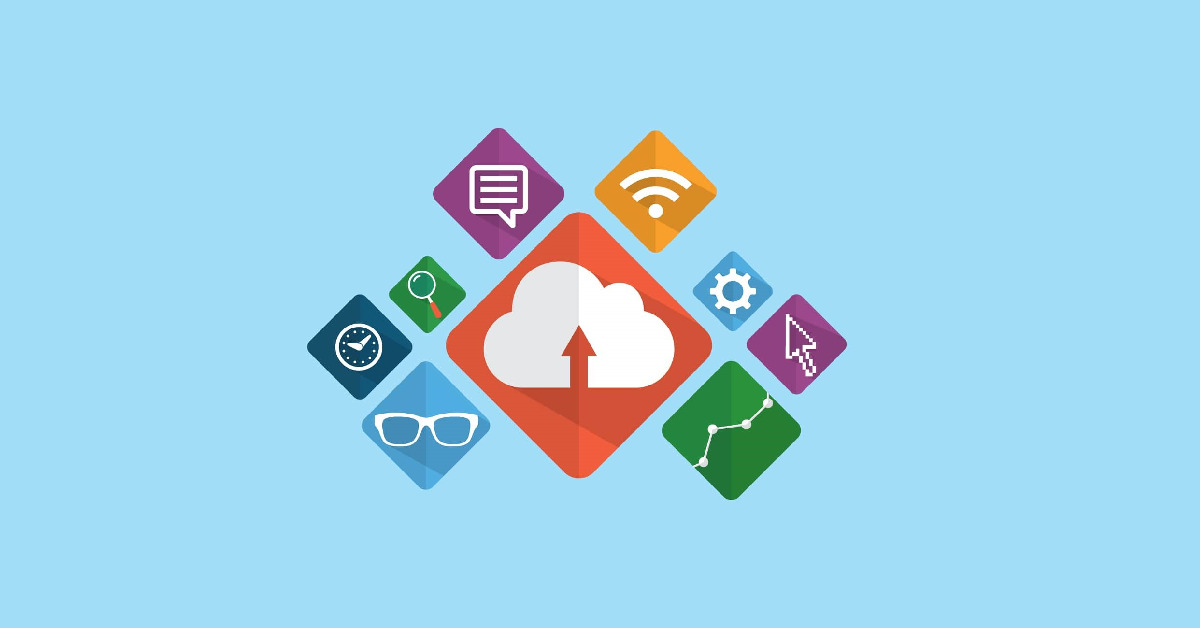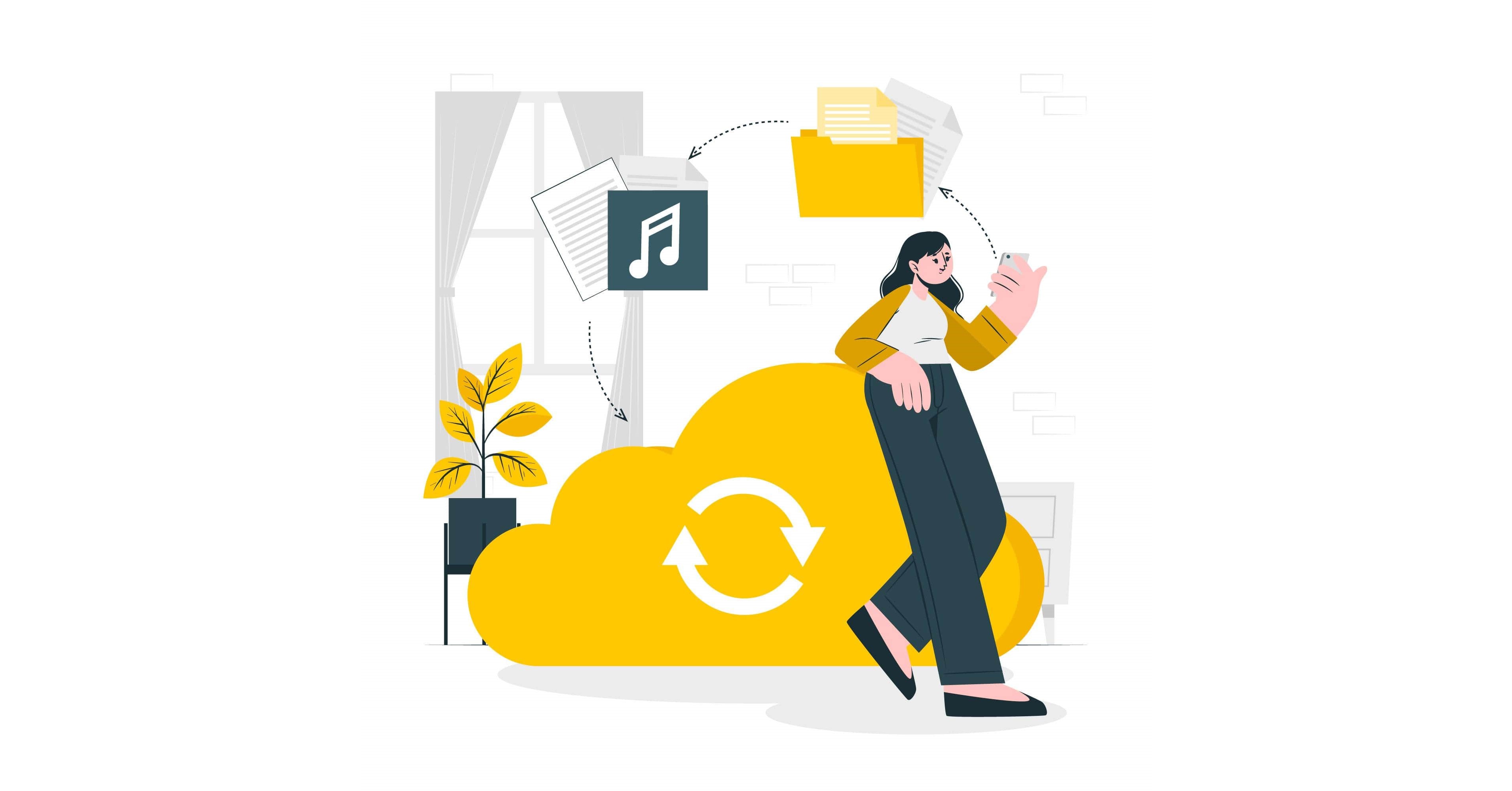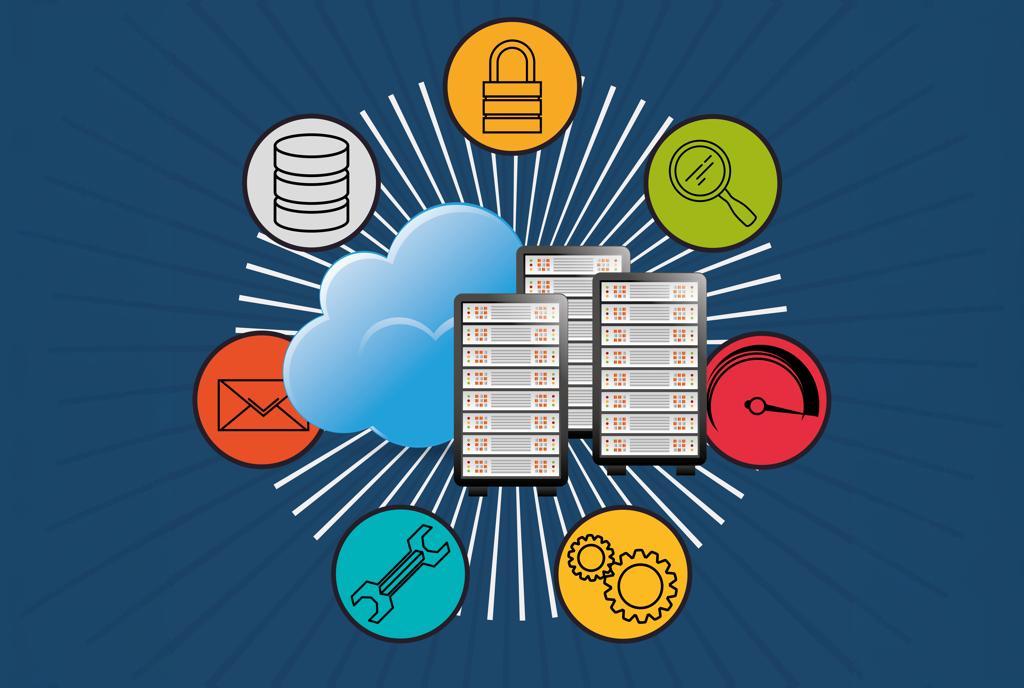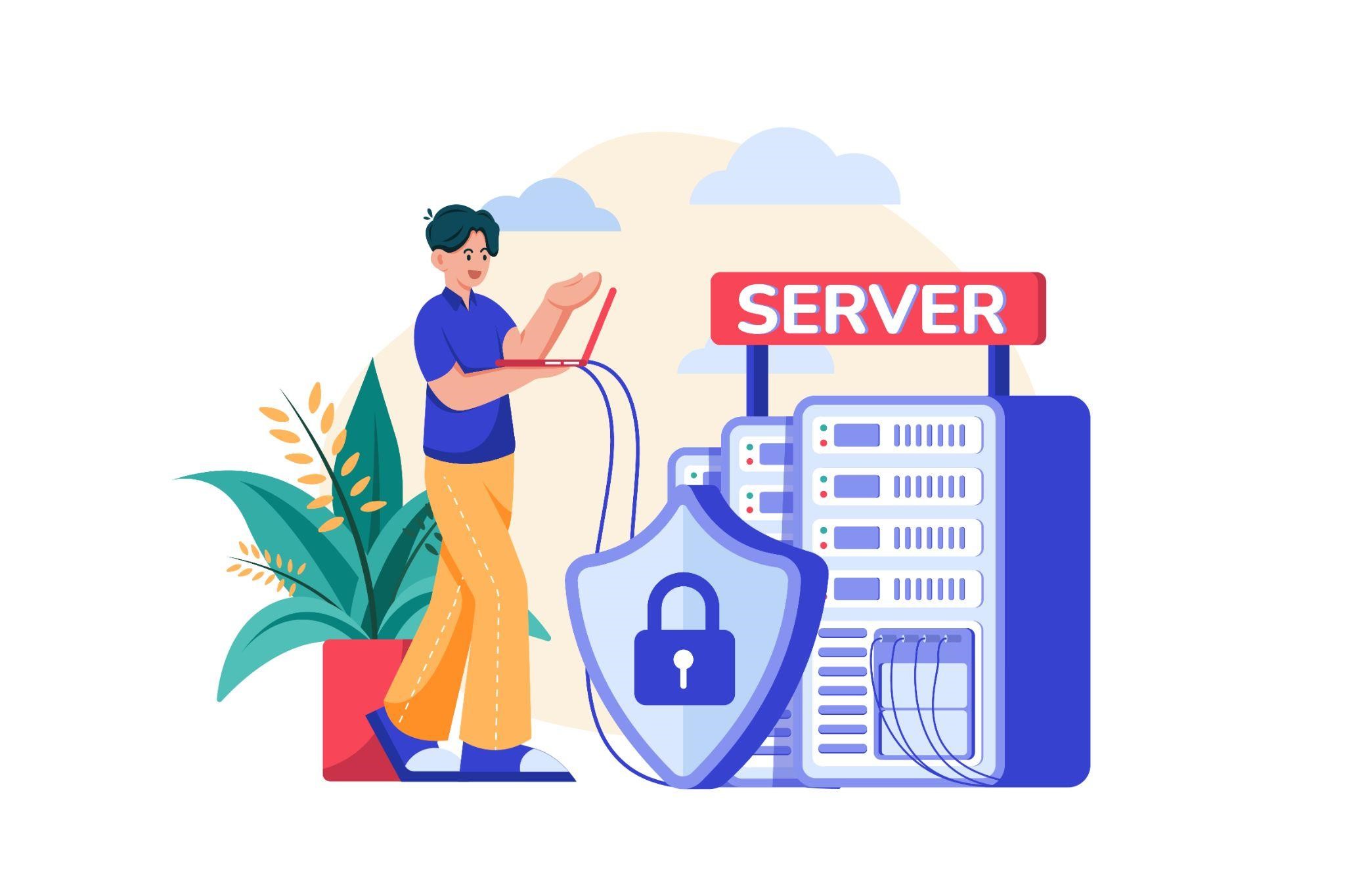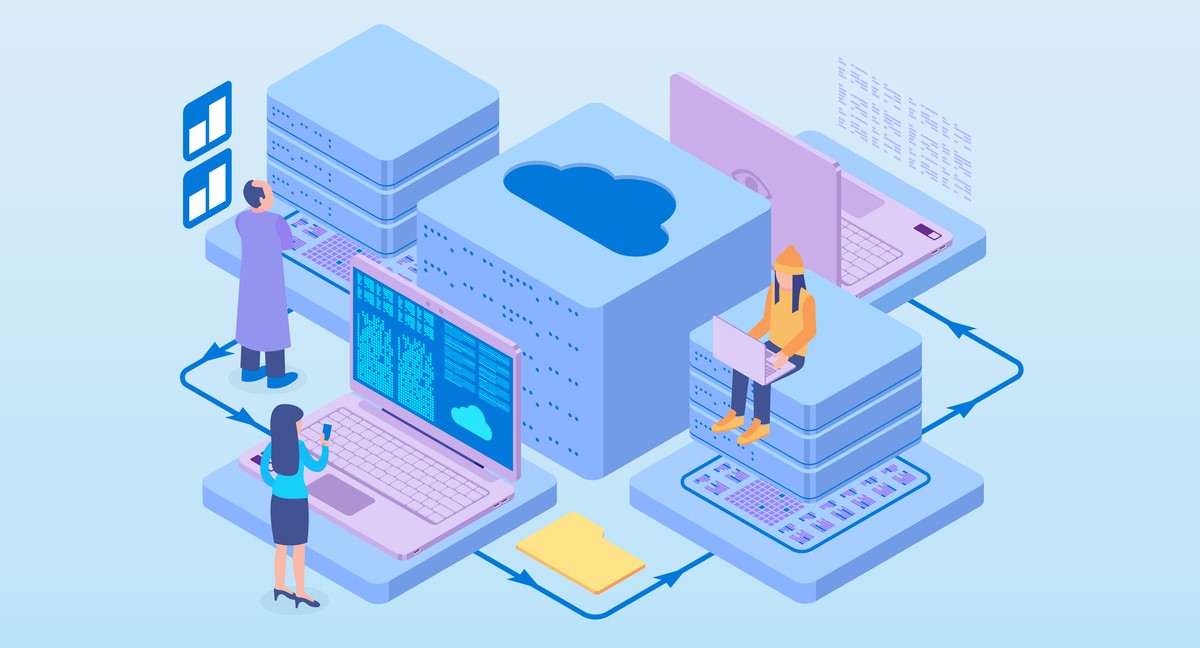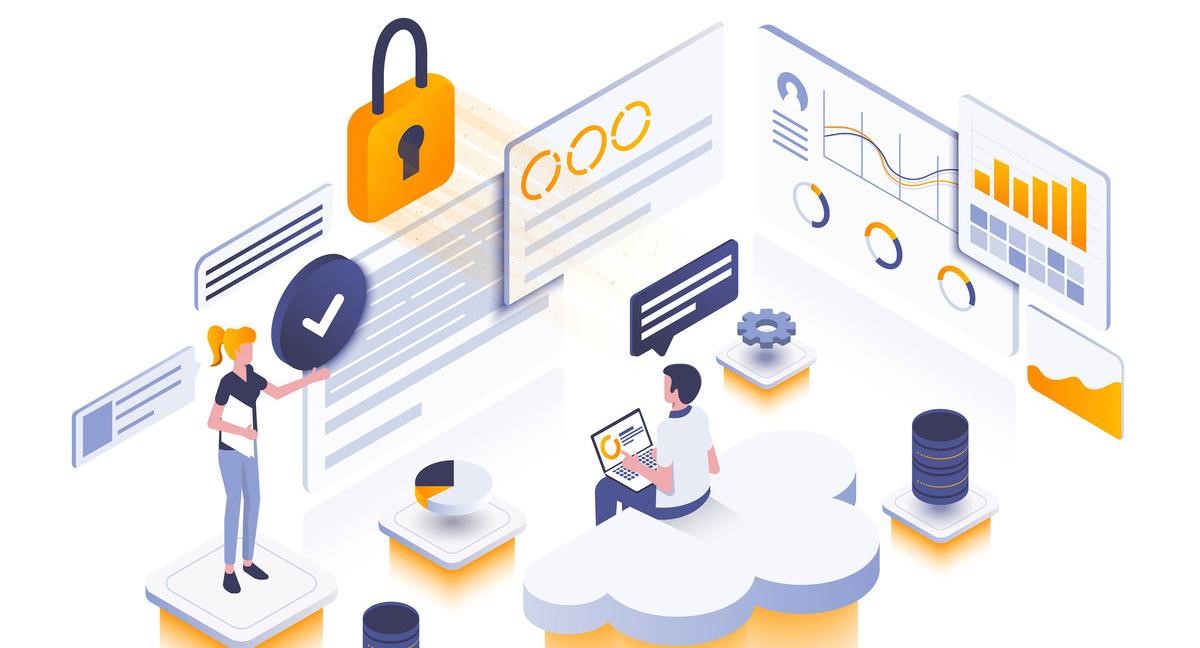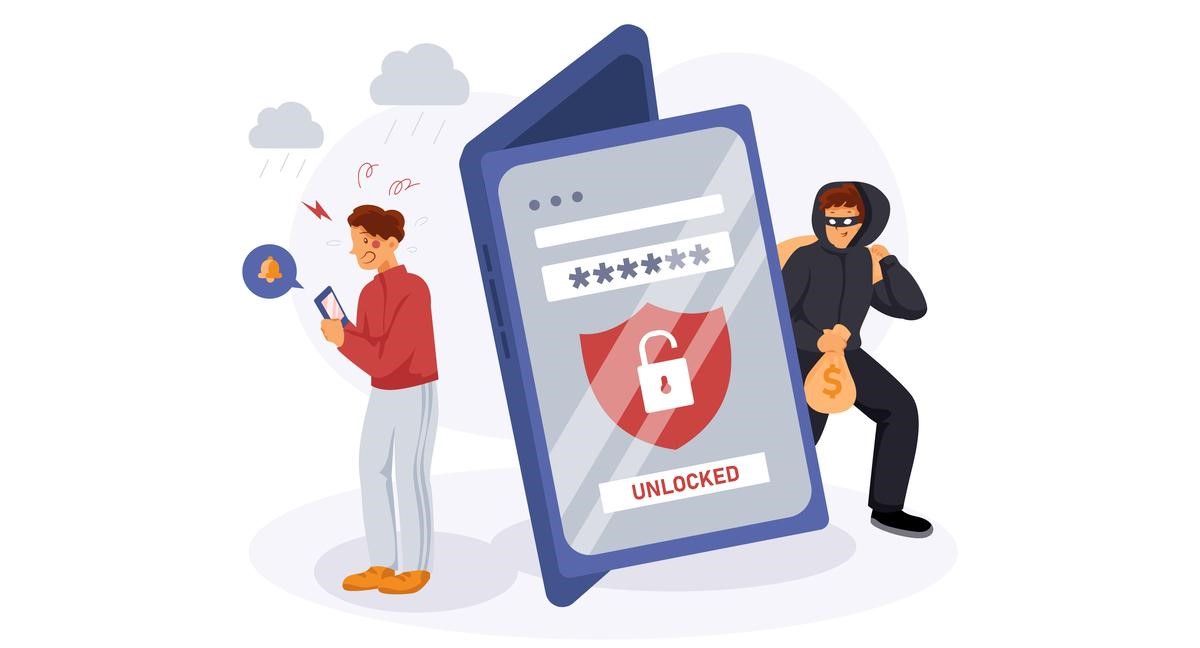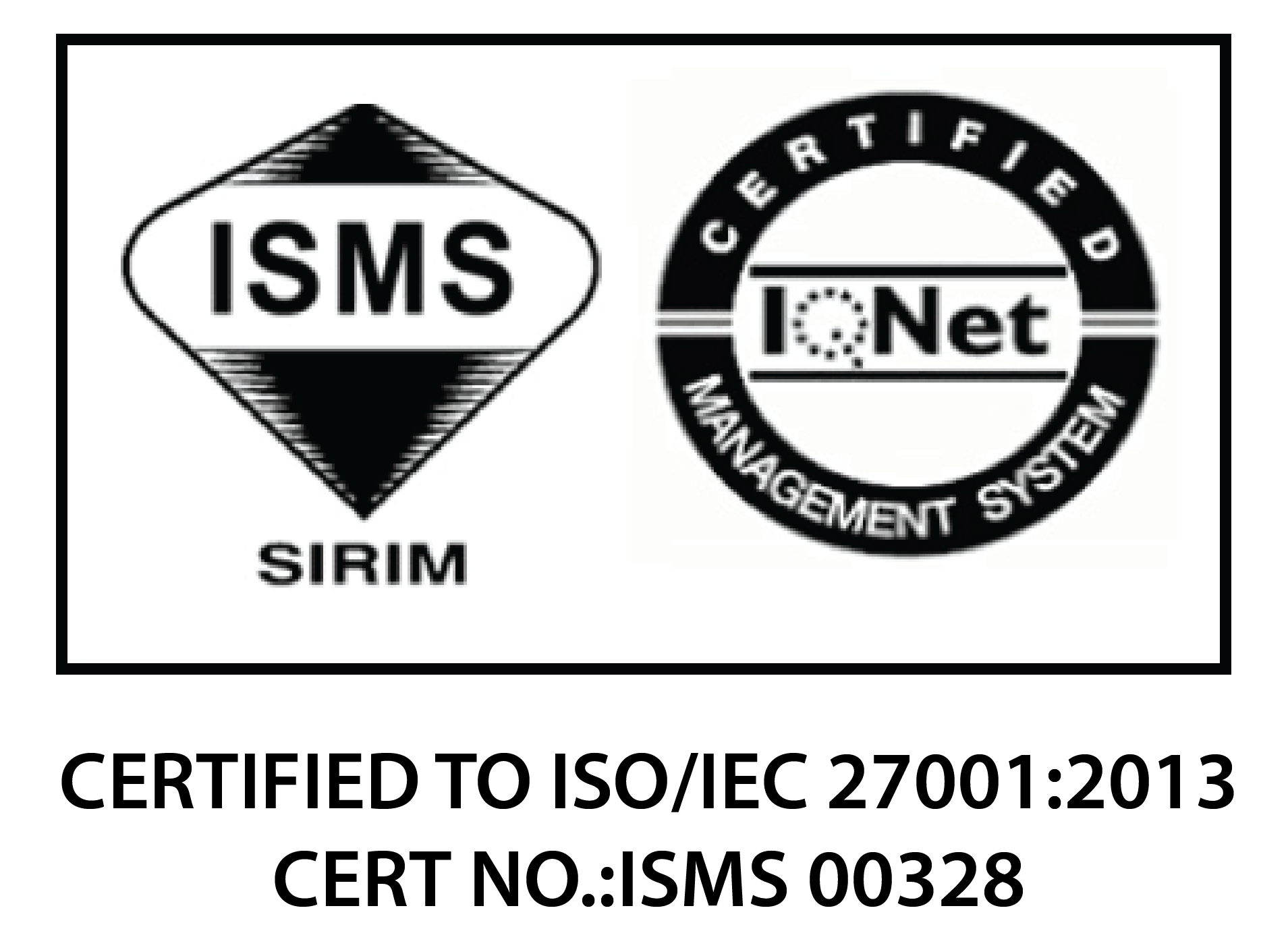A disaster recovery (DR) solution resembles the likes of any insurance; the cost may seem unnecessary, but you heave a sigh of relief when an accident occurs. Many organisations that have faired well in evading significant data loss still struggle to justify this investment. After all, why allocate an expense that you might never use? Do business owners realise the value of disaster recovery vs downtime?
With progressively advanced infrastructures and rampant data growth, the likelihood of data loss sprouts along not far behind. Thus, it’s essential to comprehend the real cost of implementing a disaster recovery solution compared to the price of unprecedented downtime.
First, let’s go over the factors involved in the cost of a DR plan.
What are DR Plans for?
What disasters are we referring to? It’s any scenario in which you lose access to critical data, rendering your business in disarray and unable to perform fundamental operations. From general software failures, power outages, floods to fires or even cybersecurity threats – DR plans serve as a solution to salvage your business from falling flat.
By having a standby secondary production site that is only powered up when necessary, inclusive of latest version of backup data, this investment allows you to minimise the brunt of downtime and gets your business up and running as soon as possible. In hindsight, DR plans seem like a small price to pay for assured business continuity.
How Much Does Disaster Recovery Plan Cost?
The cost varies according to several factors, such as the amount of data backed up, the frequency of backups, the speed at which you’re back up and running and the Disaster Recovery provider that you choose. Regardless, you shouldn’t pick the cheapest one with a plan that covers only the basics. Seek experts who can guide you in the right direction for your company.
Now, what happens in the event of a disaster?
You might be thinking: how much return on investment (ROI) can I gain from investing in DR? It can be difficult to place an accurate value on digital assets and assess risk, but unforeseen events may cost your business more than just financially.

Here’s a scenario to help you understand:
There’s pipe damage causing flood in your data centre. The primary servers and backup servers are beyond repair; all your data storage media is gone. There is a backup of data at an off-site location. However, the off-site location is not located in Malaysia. To restore data will take days to weeks or even months to complete. Secondly, where should the data be restored? There are no standby servers you can utilise.
In order to purchase new servers to replace the faulty ones, delivery of hardware will take around two weeks, excluding the turnaround time for the finance department to follow process and procedures to churn out the purchase orders. While all these take place, employees are unable to access the systems, causing the business to be at a halt and severe monetary loss.
Let’s say you achieve all the above within 20 days; you would’ve been down approximately 480 hours. If your business generates RM1,000 of revenue per hour, that’s RM480,000 down the drain. Not to mention the hardware replacement costs which don’t come up a dime a dozen.
Therefore, when assessing your business’s acceptable costs and losses in case of disasters, consider these two parameters:
- Recovery Time Objective (RTO)—This is the maximum amount of time your organisation has after an occurrence before undesirable consequences set in due to a break in business continuity. Your main aim here is to calculate how quickly your firm can recover so that you can determine all preparations and the budget they entails. For modern businesses, going offline for even a day is frowned upon.
- Recovery Point Objective (RPO)—This metric allows you to know the point in time your recovery plan can proceed seamlessly. For example, if the time between backups is two hours and the most recent backup was 8 pm, all the data created after would’ve been lost.
What happens when there’s no DR plan?
If you don’t have a solid Disaster Recovery plan, you can still restore data manually, but that’s not a feasible or sustainable method for the long-term. It would be incredibly time-consuming and costly, resulting in:
- Loss of business
- Decreased team morale
- Impact on reputation
- Greater monetary loss in the long run
Aside from the lost time and money, it’s not a good look for your business overall. You wouldn’t purchase an expensive laptop and not get insurance for it, even if you’re the careful type. Similarly, Disaster Recovery acts as a safety net to soften the blow and rectify the situation headed south.
When push comes to shove, the price of downtime is a hefty one to burden. Hence, the value of disaster recovery vs downtime of business is now apparent to organisations.
Although maintaining a Disaster Recovery plan sounds like a tedious task that calls for significant resources, you’ll be glad to have a safeguard breaking your fall when it comes time. Aegis Cloud Disaster Recovery (CDR) is a cloud backup or restore service that caters for on-premise or cloud and equipped with complimentary unlimited disaster recovery resources. Rest assured that when the going gets tough, Aegis CDR gets you going.
Find out more about the beneficial features of Aegis CDR.

